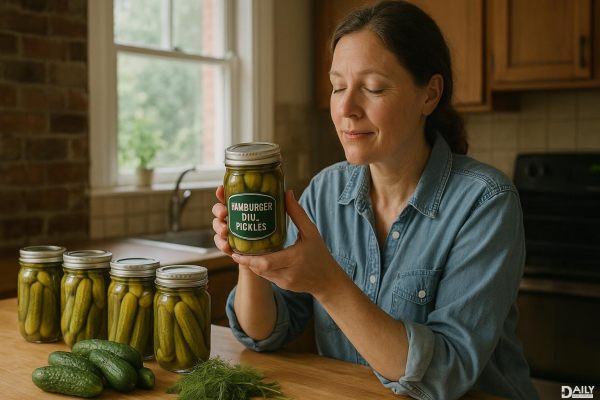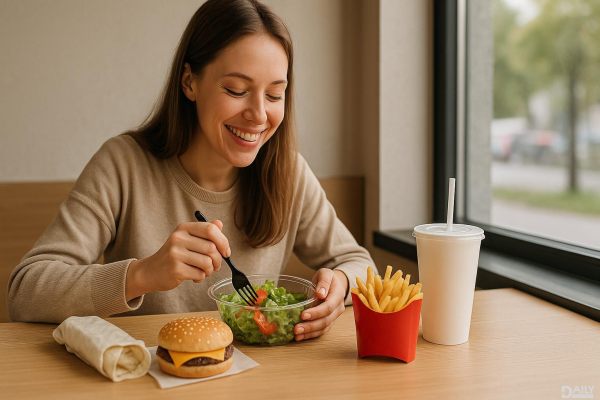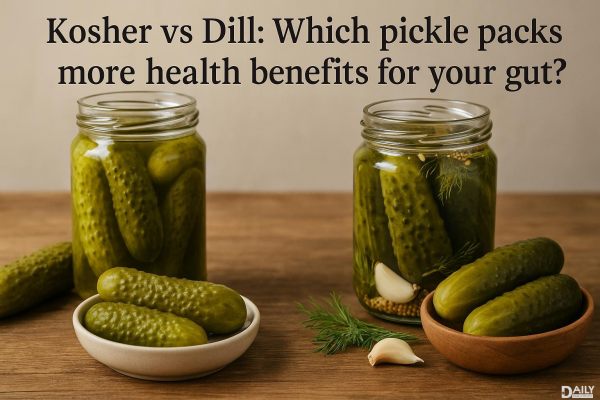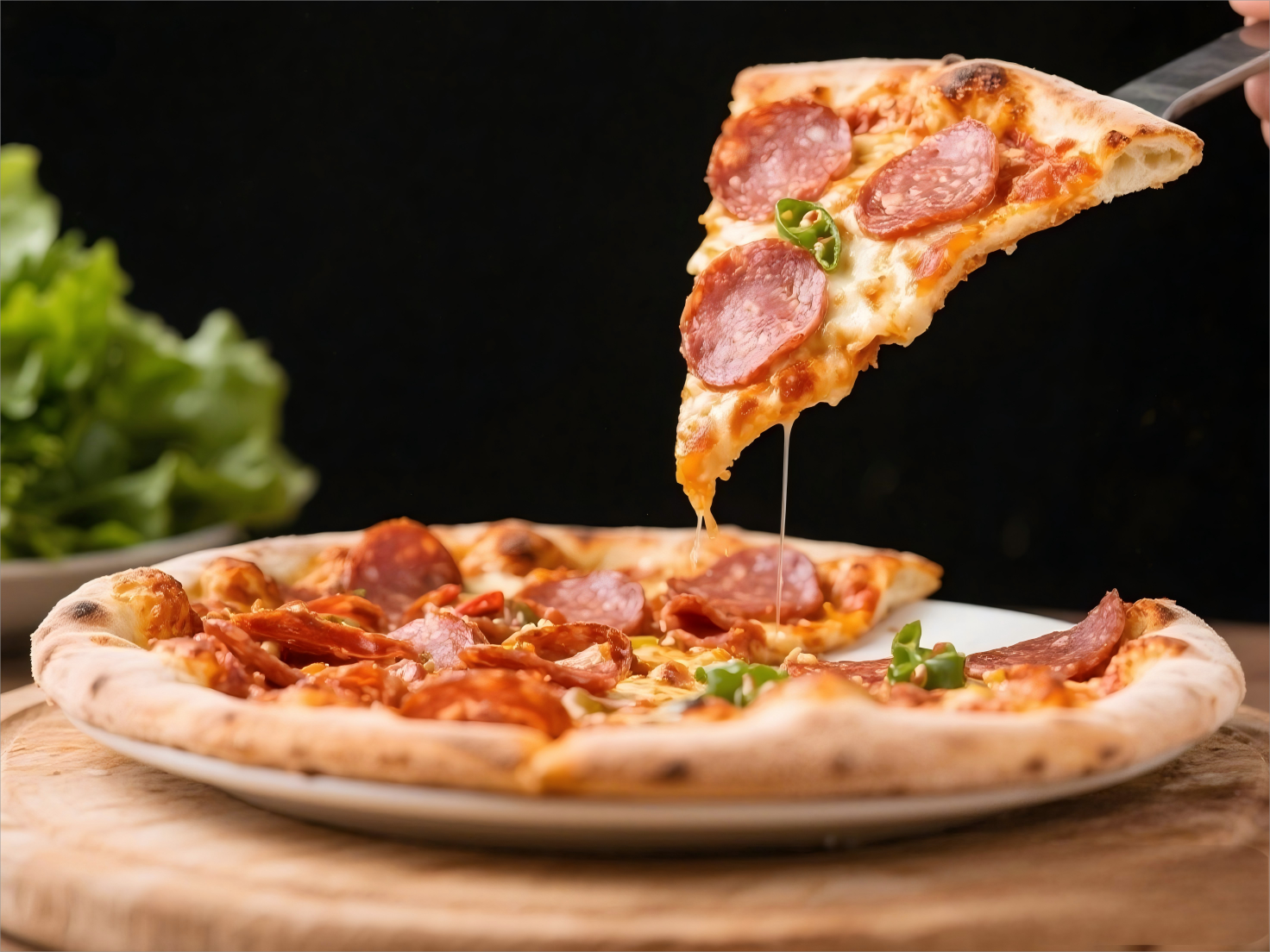Hamburger dill pickles might just be the unsung hero of your canning adventures this season. These crunchy, tangy, garlicky gems aren’t just for slapping on a burger—they’re the perfect gateway into home canning because they’re forgiving, flavorful, and downright addictive. Whether you’re a newbie or a seasoned pro, mastering the art of dill pickles means you’ll have jars of crisp, briny goodness ready to jazz up everything from sandwiches to charcuterie boards. Plus, they’re a crowd-pleaser—nobody turns down a good pickle.

Ever bitten into a sad, mushy pickle and wondered where it all went wrong? The secret to that satisfying snap lies in a few key factors. First, freshness matters—pickling cucumbers should be firm, bright green, and ideally harvested within 24 hours of canning. Older cucumbers turn soft faster because enzymes break down their cell walls over time. Second, the brine’s acidity plays a role. A vinegar-to-water ratio of at least 1:1 ensures enough acidity to preserve crispness while keeping harmful bacteria at bay. Some canners swear by adding grape leaves or black tea to the jar—their tannins help maintain crunch by strengthening pectin in the cucumber’s skin. And don’t forget the calcium chloride trick (sold as "Pickle Crisp"), a foolproof way to lock in texture without altering flavor.
Dill pickles are like a blank canvas for flavor experimentation. The classic combo—fresh dill, garlic cloves, mustard seeds, and peppercorns—never fails, but why stop there? Try tossing in a sliced jalapeño for heat, a cinnamon stick for warmth, or even a dash of coriander for citrusy depth. For a bold twist, swap white vinegar for apple cider vinegar or add a spoonful of honey to mellow out the tang. The beauty of homemade pickles? You control the salt level, spice intensity, and even the sweetness. Pro tip: Let the jars sit for at least two weeks before cracking them open—the flavors deepen and meld over time, turning good pickles into legendary ones.
Botulism warnings and seal failures scare plenty of folks away from canning, but with hamburger dills, the risks are low if you follow basic safety rules. Always use tested recipes (no winging it with Grandma’s vague scribbles), and stick to proper processing times based on your altitude. Water bath canning is perfect for pickles since their high acidity makes them inhospitable to nasty bacteria. Watch out for floating cucumbers—pack jars tightly to prevent empty space where spoilage can start. And if a lid doesn’t pop down after cooling, refrigerate that jar and eat it first. Remember: cloudy brine usually just means minerals in hard water or spices doing their thing—it’s rarely a sign of doom.
Sure, they’re burger royalty, but these pickles deserve a spotlight beyond the bun. Chop them into tartar sauce for fish tacos, dice them into potato salad for a zesty kick, or blend the brine into marinades for fried chicken. Feeling fancy? Skewer them with cheese and olives for an easy appetizer. Hungover? The juice is a legendary hangover remedy (thanks to electrolytes and vinegar’s nausea-fighting powers). Even the pickle juice can be repurposed—use it to brine chicken before frying or splash it into a bloody mary for extra punch. Waste not, want not, right?
So grab those cucumbers and get jarring—this season’s pickling projects are about to become your most talked-about kitchen feat. With a little patience and a lot of garlic, you’ll have a pantry stocked with the kind of pickles that make friends beg for jars. And hey, if you "accidentally" eat half a jar straight from the fridge? We won’t judge.
























